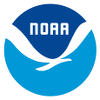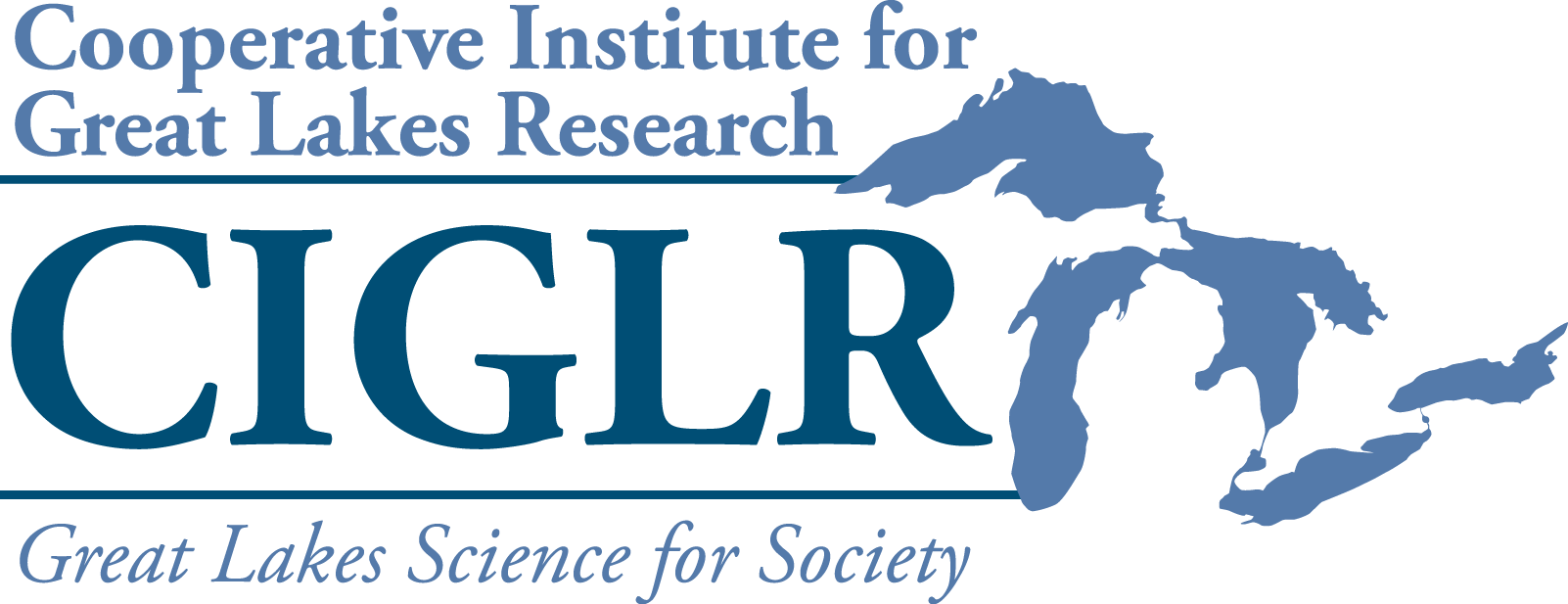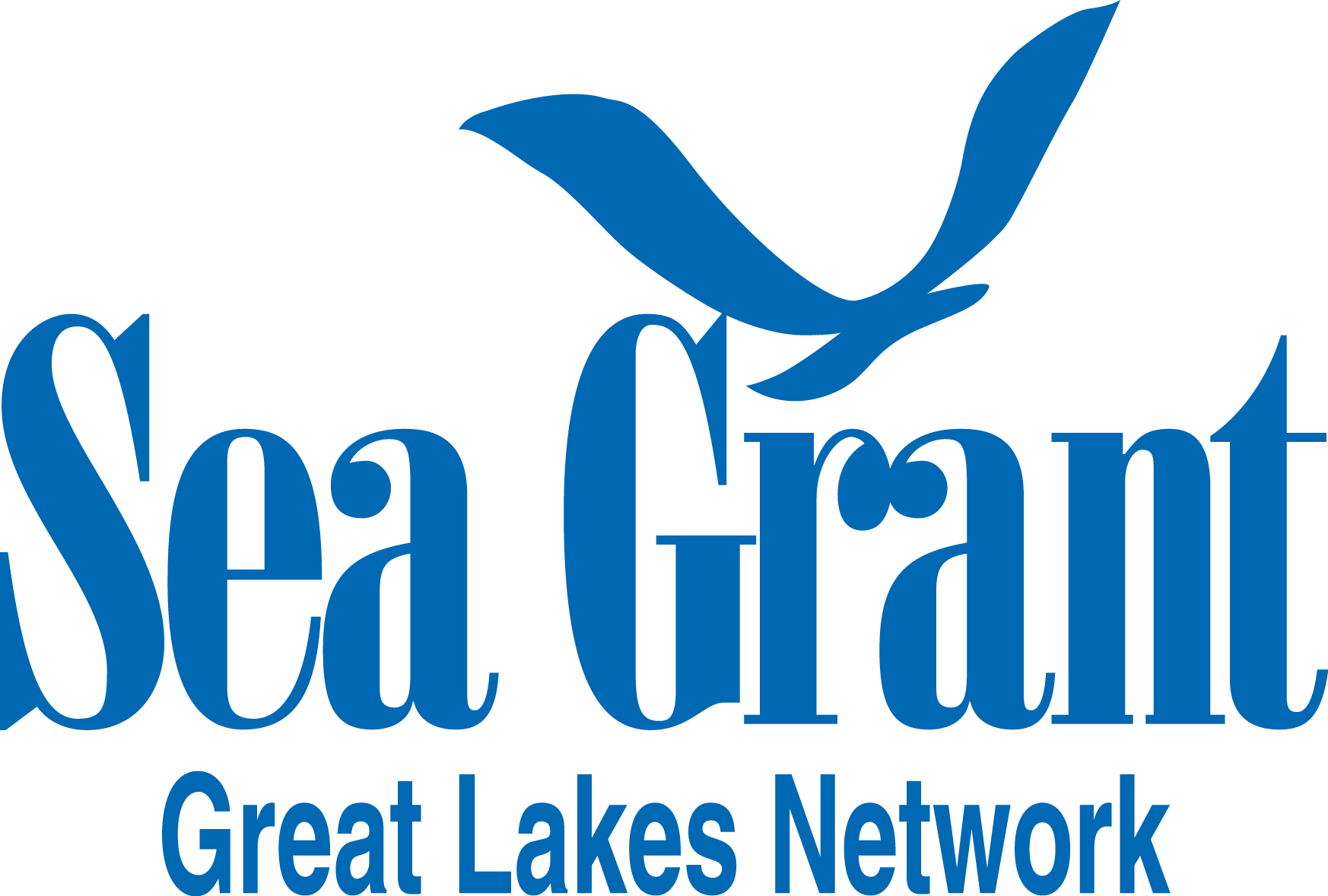List Generator and Fact Sheet Access
Use this search tool to generate species lists queried by basin, taxa, status, or vector. This tool also allows users to quickly access introduction timelines and fact sheets that contain ecological information, risk assessment scores, management information, and more.
To obtain a list of all established species presently included in GLANSIS, use the following search criteria defaults (criteria are defined below):
- Category: Nonindigenous + Range Expanders
- Group: All
- Lake (HUC): All Great Lakes Drainages
- Genus, Species, Common Name: Leave blank
- Status: All
- Pathway: All
Important notes:
- All results must be interpreted as a minimum, and no query will return a list of all nonindigenous species in the Great Lakes.
- If you prefer that your list not include species that are native to part of the Great Lakes basin (or the geographic area you have selected), switch the category to Nonindigenous.
The geographic selector allows selection of a single lake, lake basin, or specific HUC8s in addition to the full basin search. The map indicates the portion of the database searched (except for custom HUC8 searches). This selector is interactive with the category selector. For example, when limiting the search to Lake Superior, the nonindigenous search will return all species nonindigenous to Lake Superior, regardless of whether they are native to another part of the Great Lakes (e.g., the species may be a range expander in Lake Erie). Likewise, when searching in a geographic subset, the fields in the data table will be limited to that geographic area. In a search limited to Lake Superior, the date returned in the data table (Year First Collected in Selected HUCs) is the first date for Lake Superior, not the first date for the Great Lakes as a whole. The status in selected HUCs in this table includes only the status for the geographic area searched. Likewise, if you wish to go beyond the species profile to examine the records, you will find only the records for Lake Superior if your initial search was limited to this waterbody. To perform custom HUC searches, type in the 7-digit HUC8 code (omit the 0 before the 4: instead of 04060101, type 4060101).
To access the full watchlist, simply switch the category selector to 'watchlist' along with the default settings listed above. Watchlist species cannot be queried by separate HUCs — the locational query pertains to the Great Lakes region as a whole. At present, only the group limiter (taxonomic group) is functional for the watchlist.
The search form will search for any part of a word. For example, common name = 'flea' will return all species with the word 'flea' in the common name — such as waterflea. The search engine does not support wildcards.
Database Search Criteria Definitions
- Category — This feature searches based on whether or not the species is native to any portion of the selected geographic area. 'Nonindigenous' returns records for any species which is not native to any part of the selected geographic area, but is found within that area. 'Range expander' returns records for any species which is present and native or cryptogenic to a portion of the selected geographic area, but not native to other portions of that area. 'Watchlist' returns species from the separate list of 53 species which have been identified in the peer-reviewed literature as not native to any portion of the Great Lakes basin and not currently established anywhere in the Great Lakes basin. Currently, the geographic sub-searches are not available for the watchlist – but only at the scale of the Great Lakes basin. This means, for example, that you cannot generate a 'Lake Superior watchlist' that includes invasive and range expander species for the lower lakes which are not yet in Lake Superior.
- Group — 'Group' is a taxonomic selector. GLANSIS does not currently include mammals, waterfowl, reptiles or amphibians.
- Lake (HUC) — All GLANSIS records are point data, but each point is assigned the corresponding Hydrologic Unit Code (HUC). This selector searches for individual records based on HUCs. Species are included only if a record is found for the HUC. If you limit the search here, only the records within this area will be returned when you drill down through the fact sheet to the 'Great Lakes' records.
- Genus/Species — Scientific names. The Integrated Taxonomic Information System (ITIS) is the primary authority consulted to resolve conflicting scientific names.
- Common Name — The GLANSIS common name field includes all common alternative spelling of species names, but is not exhaustive. If your common name search fails, please try alternative spellings of the name, especially hyphenated or spaced versions – e.g., waterflea, water-flea, water flea. This search will find strings of characters – e.g., a search for 'flea' would return any of the above, but does not support wildcards.
- Status — This selector limits the search to one of three types of status indicators: established, reported, or both. Using these selectors will limit the records returned when drilling down through the database to records of these types (so, if you limit the search at this level, you won't see the 'failed' introductions even when drilling down).
- Pathway — Nine categories of pathway can be selected individually. Each category includes one or more distinct pathways that are assigned to the record:
for example, 'shipping' includes ballast water, solid ballast, and hull fouling. This limiter affects the search on the level of individual records – each record may be
assigned 1-3 pathways (known and/or likely) -- which means that a single record may be returned on more than one search and that the lists generated are not mutually exclusive.
- Releases or escapes from any commercial-scale fish production facility, regardless of purpose, is considered in the aquaculture pathway.
- The term 'aquarium release' is used for cases when the probable pathway is an individual releasing a pet or single tank. There may be significant overlap between the 'aquarium release' and 'pet escape' pathways: the latter is exclusively used when the invasive is the pet itself, while the former may include plants, mollusks, or diseases incidentally released.
- Bait release may overlap with aquaculture, particularly for bait species cultured in the region, if it is unknown whether particular populations came from recreation release or escape from a rearing facility.
- Planted and stocked are very similar terms: the former is used principally for plants (including those which escaped cultivation), and the latter for fish deliberately and legally released.
- Canals are separated from other forms of dispersal due to the facilitation of the dispersal by the artificial connection.
Map Explorer
Use this search tool to view and compare the distributions of species across space and time, and/or to overlay distributions on top of Great Lakes Aquatic Habitat Framework (GLAHF) GIS layers. The distributions of up to three species can be mapped at one time. This tool also allows downloading of the GIS coordinate data. You may search in the following ways:
- Species to search: If you know the genus and species name you may search for that species directly by entering the corresponding 'genus [space] species' into the "Enter the name of one species directly" field. Otherwise, fill out the taxonomic group. Wait for the "Family" field to load, and then select the family you are interested in. Repeat for "Genus" and "Species".
- Search by HUC(s): If you know the 8-digit hydrological unit code(s) (HUC) that you are interested in querying, type in the 8-digit code in the corresponding field. (Note: while the list generator search tool needs the leading 0 removed, the map explorer does not. Enter the full 8-digit numerical code here.) Separate HUC codes by comma for searches within multiple HUCs.
- Search by state(s): If you would like search for ANS distributions within a specific Great Lake state, enter the two-letter state abbreviation in the corresponding field (e.g. IL for Illinois or WI, MI for Wisconsin and Michigan).
- Search by year(s): If you are interested in looking at a species' records at one year enter that year in the field. If you are interested in looking at records within a range of years, enter the beginning year and the end year separated by a dash ('-'). For example, "1997-2008" will display specimen records on the map from that time frame. If you are interested in looking at records from multiple years, separate those years by a comma: "1997, 1998, 2008" will display specimen records on the map from those years.
Downloading Specimen Report Data and Associated References from the Map Explorer Interface
After completing your species-specific query (see instructions above), you may download the report data in comma-delimited format. To do so, copy the data in the 'Georeferenced Report Data' field and paste it into a text editor. Save the file as a CSV and open it in your favorite spreadsheet program.











